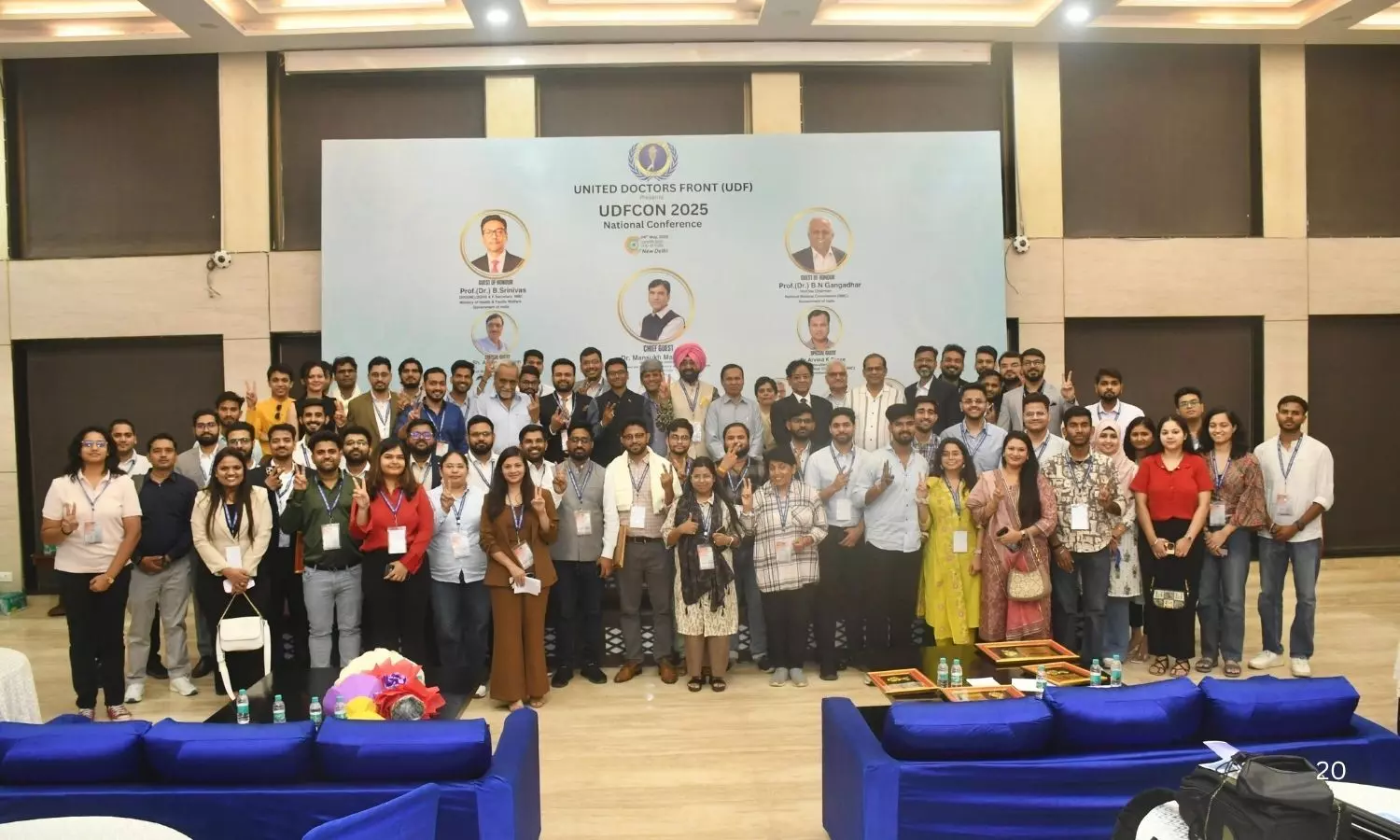Visitor restrictions lifted for Male Surgical Ward, General Hospital
6 hours 3 min ago
Health, Notice, PRESS RELEASE, general hospital, male surgical ward, Ministry of Health
Statement by Peter David, Political Leader of D Movement
11 hours 9 min ago
Health, Law, Politics, PRESS RELEASE, Youth, age of civil legal responsibility, d movement, Healthcare, parliament, peter david
Health – Demerara Waves Online News- Guyana
Guyana acquires low-cost, brand name highly effective HPV vaccine to boost prevention of cervical cancer
14 hours 55 min ago
Business, Health, News, cervical cancers, hpv, HPV screening, hpv vaccine, human papilloma virus (HPV), low-price deal, Merck, Pan American Health Organisation (PAHO), vaccine launch, World Health Organisation (WHO)
Carnival safety starts with a sober driver
17 hours 15 min ago
Health, PRESS RELEASE, alcohol poisoning, carnival, designated driver, gfnc, grenada food and nutrition council, intoxication
Medical News, Health News Latest, Medical News Today - Medical Dialogues |
Vitamin D deficiency increases risk of COVID-19 hospitalization: Study
1 day 1 hour ago
Medicine,Medicine News,Top Medical News,Latest Medical News
Parental consent and incest
1 day 9 hours ago
Health, Law, PRESS RELEASE, Youth, abuse, advocates for safe parenthood improving reproductive equity, age of civil legal responsibility, aspire, child, family, fred nunes, gppa, grenada planned parenthood association, Healthcare, incest, parent, reproductive healthcare, sexual and reproductive health and rights, srhr, teen, tonia frame, yam, youth advocacy movement
Doctors discover a new early warning sign for one of the deadliest cancers - Daily Mail
- Doctors discover a new early warning sign for one of the deadliest cancers Daily Mail
- Early Warning Sign for One of the Most Lethal Cancers Discovered Newsweek
- US Scientists discover new early warning sign for deadly pancreatic cancer The Times of India
- STAT3 Pathway: A Key Driver of Tumor Aggression and Drug Resistance in Pancreatic Cancer Inside Precision Medicine
- Breakthrough in Understanding Pancreatic Cancer Progression Through Cellular Stress Response Lab Manager
1 day 11 hours ago
Opposition not supporting bill to reduce Age of Civil Responsibility
1 day 12 hours ago
Health, Law, Youth, age of civil legal responsibility, emmalin pierre, house of representatives, linda straker, lower house, parliament, sexual and reproductive health and rights, srhr
Access to reproductive healthcare 18–16–12
1 day 14 hours ago
Health, Law, PRESS RELEASE, Youth, advocates for safe parenthood improving reproductive equity, age of civil legal responsibility, aspire, fred nunes, gppa, grenada planned parenthood association, Healthcare, reproductive healthcare, sexual and reproductive health and rights, srhr, teen, tonia frame, yam, youth advocacy movement
Neurosurgeon shares 5 habits to boost brain health, keep mind sharp in old age | Health - Hindustan Times - Hindustan Times
- Neurosurgeon shares 5 habits to boost brain health, keep mind sharp in old age | Health - Hindustan Times Hindustan Times
- Brain Day 2025: 9 common habits that are destroying the brain The Times of India
- Fortis Mumbai Launches ‘Helmet Pehna Kya?’ Campaign For Brain Health On World Brain Day BW Healthcare
- Thinking it over: Shelter Islanders gather on World Brain Day Shelter Island Reporter
- Protect your brain: Expert tips to fight Alzheimer’s | Daily Sabah Daily Sabah
1 day 21 hours ago
Medical News, Health News Latest, Medical News Today - Medical Dialogues |
United Doctors Front announces National Core Committee for 2025-26
1 day 22 hours ago
State News,News,Health news,Delhi,Doctor News,Medical Organization News,Latest Health News,Recent Health News
News Archives - Healthy Caribbean Coalition
Open Letter to CARICOM Heads of Government
1 day 23 hours ago
News, Open Letters & Statements, Slider, Timeline
Outbreak of Chikungunya Virus Poses Global Risk, Warns WHO - ScienceAlert
- Outbreak of Chikungunya Virus Poses Global Risk, Warns WHO ScienceAlert
- World Health Organization raises concern about spread of mosquito-borne Chikungunya virus Reuters
- Chikungunya virus alert: How a mosquito bite this monsoon can trigger severe arthritis-like pain that can Times of India
- Chikungunya Outbreak Spreads From Indian Ocean Islands, Posing Global Risk Health Policy Watch
- Chikungunya: Joint Pain And Other Chronic Symptoms That Can Last For Months And Even Years NDTV
2 days 3 hours ago



